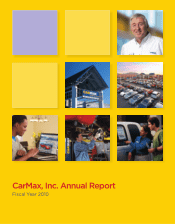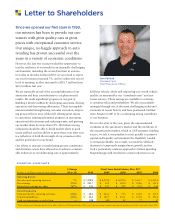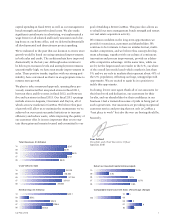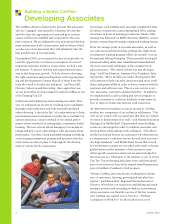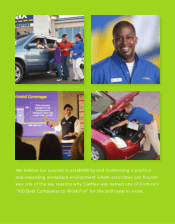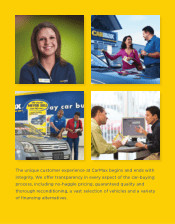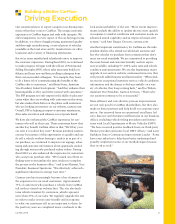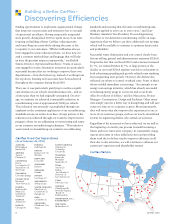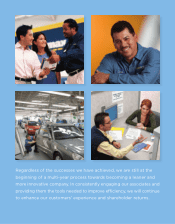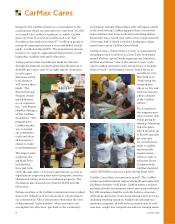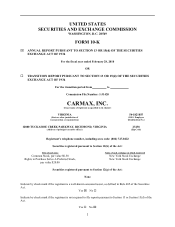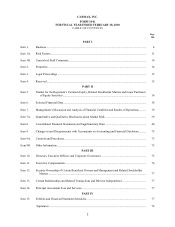CarMax 2010 Annual Report Download - page 3
Download and view the complete annual report
Please find page 3 of the 2010 CarMax annual report below. You can navigate through the pages in the report by either clicking on the pages listed below, or by using the keyword search tool below to find specific information within the annual report.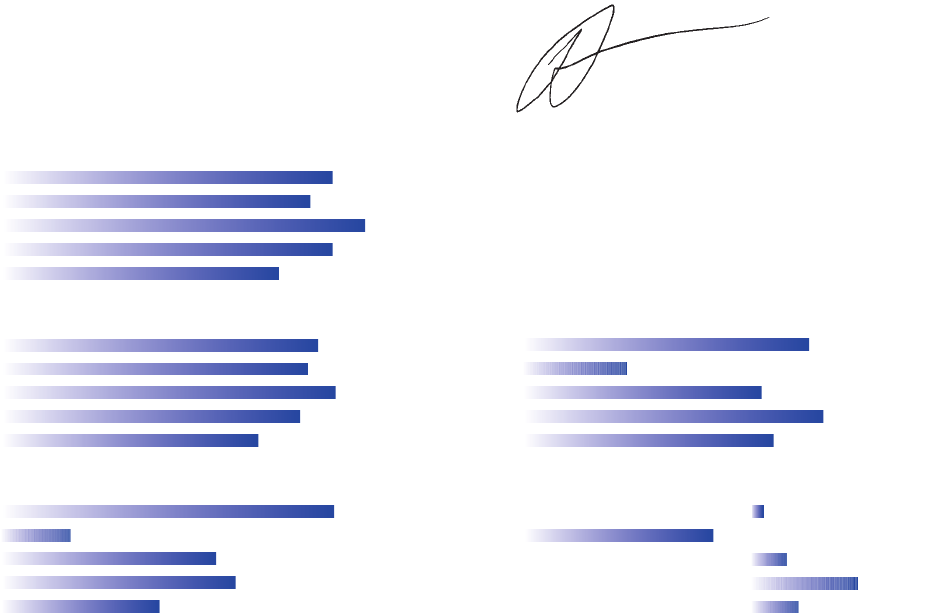
CarMax 2010 1
capital spending in fiscal 2010, as well as our management
bench strength and growth-related costs. We also made
significant curtailments in advertising, we implemented a
wage freeze for all salaried and hourly associates and a hir-
ing freeze at our home office, and we deferred substantially
all developmental and discretionary project spending.
We’ve indicated in the past that our decision to renew store
growth would be based on seeing sustained improvements
in both sales and credit. The credit markets have improved
dramatically in the last year. Although sales continue to
be below pre-recession levels and unemployment remains
uncomfortably high, we have seen steady improvements in
sales. These positive trends, together with our strong prof-
itability, have convinced us that it is an appropriate time to
resume store growth.
We plan to take a measured approach, opening three pre-
viously constructed but unopened stores in fiscal 2011,
between three and five stores in fiscal 2012, and between
five and ten stores in fiscal 2013. Our fiscal 2011 openings
include stores in Augusta, Cincinnati and Dayton, all of
which are new markets for CarMax. We believe this pace
of growth will allow us to maintain the momentum we’ve
achieved on our recent successful initiatives to increase
efficiency and reduce waste, while improving the quality of
our customer offer. It is more important than ever to sus-
tain these gains and remain focused and committed to our
goal of Building a Better CarMax. This pace also allows us
to rebuild our store management bench strength and restart
our real estate acquisition activity.
We remain confident in the long-term opportunities we
provide for associates, customers and shareholders. We
continue to be fortunate to have no similar-format, multi-
market competitors, and we believe this concept develop-
ment advantage, together with our culture of continuous
innovation and process improvement, provide us a defen-
sible competitive advantage. At the same time, while we
are by far the largest used car retailer in the U.S., our share
of the overall late-model used vehicle market is less than
3% and we are only in markets that represent about 45% of
the U.S. population, reflecting our huge, untapped growth
opportunity. We are excited to again be in a position to
tackle this opportunity.
In closing, let me once again thank all of our associates for
their hard work and dedication, our customers for their
loyalty, and our shareholders for their confidence in our
business. I feel a tremendous sense of pride in being part of
such a great team. Our associates are providing exceptional
customer service and proving that not only is CarMax a
“best place to work” but also the way car buying should be.
Sincerely,
Tom Folliard
President and Chief Executive Officer
April 26, 2010
10
09
08
07
06 $6.26
$7.47
$8.20
$6.97
$7.47
10
09
08
07
06
345,465
377,244
337,021
289,888
357,129
10
09
08
07
06
$59.2
$182.0
$198.6
$134.2
$281.7
10
09
08
07
06
4.4%
10.1%
12.7%
10.6%
12.1%
10
09
08
07
06
(16)
3
9
4
1
Net Earnings (In millions)
Used Vehicles Sold
Total Revenues (In billions)
Return on Invested Capital (Unleveraged)
Comparable Store Used Unit Sales (Percentage change)

